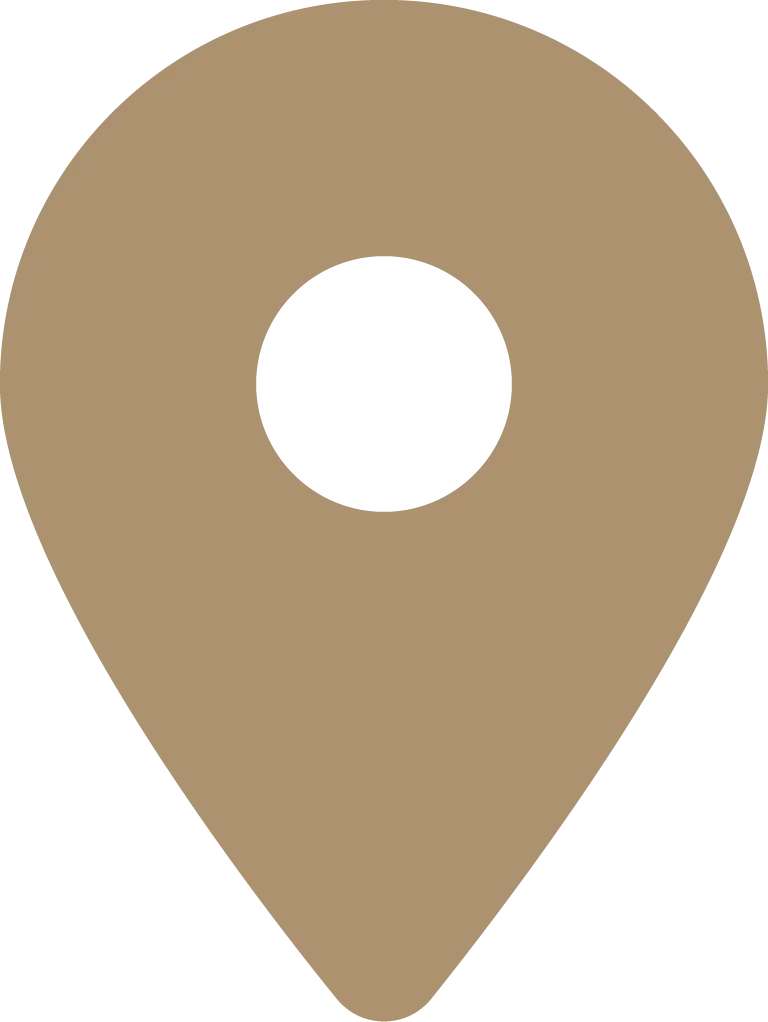Prepared by: The Consumer Product Safety Commission (CPSC), and The American Lung Association & The Christmas Seal People
This guidance will help you understand:
- what indoor biological pollution is;
- whether your home or lifestyle promotes its development; and,
- how to control its growth and buildup.

Understanding Air Pollution
Outdoor air pollution in cities is a major health problem. Much effort and money continues to be spent cleaning up pollution in the outdoor air. But air pollution can be a problem where you least expect it, in the place you may have thought was safest–your home. Many ordinary activities such as cooking, heating, cooling, cleaning, and redecorating can cause the release and spread of indoor pollutants at home. Studies have shown that the air in our homes can be even more polluted than outdoor air.
Many Americans spend up to 90 percent of their time indoors, often at home. Therefore, breathing clean indoor air can have an important impact on health. People who are inside a great deal may be at greater risk of developing health problems, or having problems made worse by indoor air pollutants. These people include infants, young children, the elderly, and those with chronic illnesses.

What Are Biological Pollutants?
The basic types of air pollution
Biological pollutants are or were living organisms. They promote poor indoor air quality and may be a major cause of days lost from work or school, and of doctor and hospital visits. Some can even damage surfaces inside and outside your house. Biological pollutants can travel through the air and are often invisible.
Some common indoor biological pollutants are:
- Animal Dander (minute scales from hair, feathers, or skin)
- Dust Mite and Cockroach parts
- Fungi (Molds)
- Infectious agents (bacteria or viruses)
- Pollen
Some of these substances are in every home. It is impossible to get rid of them all. Even a spotless home may permit the growth of biological pollutants. Two conditions are essential to support biological growth: nutrients and moisture. These conditions can be found in many locations, such as bathrooms, damp or flooded basements, wet appliances (such as humidifiers or air conditioners), and even some carpets and furniture.
Modern materials and construction techniques may reduce the amount of outside air brought into buildings which may result in high moisture levels inside. Using humidifiers, unvented heaters, and air conditioners in our homes has increased the chances of moisture forming on interior surfaces. This encourages the growth of certain biological pollutants.
The Scope Of The Problem
Most information about sources and health effects of biological pollutants is based on studies of large office buildings and two surveys of homes in northern U.S. and Canada. These surveys show that 30% to 50% of all structures have damp conditions which may encourage the growth and buildup of biological pollutants. This percentage is likely to be higher in warm, moist climates.
Some diseases or illnesses have been linked with biological pollutants in the indoor environment. However, many of them also have causes unrelated to the indoor environment. Therefore, we do not know how many health problems relate only to poor indoor air.
Health Effects Of Biological Pollutants
All of us are exposed to biological pollutants. However, the effects on our health depend upon the type and amount of biological pollution and the individual person. Some people do not experience health reactions from certain biological pollutants, while others may experience one or more of the following reactions:
- Allergic
- Infectious
- Toxic
Choice Heat & Air
Allergic Reactions
Except for the spread of infections indoors, ALLERGIC REACTIONS may be the most common health problem with indoor air quality in homes. They are often connected with animal dander (mostly from cats and dogs), with house dust mites (microscopic animals living in household dust), and with pollen. Allergic reactions can range from mildly uncomfortable to life-threatening, as in a severe asthma attack. Some common signs and symptoms are:
- Watery eyes
- Runny nose and sneezing
- Nasal congestion
- Itching
- Coughing
- Wheezing and difficulty breathing
- Headache
- Fatigue
Health experts are especially concerned about people with asthma. These people have very sensitive airways that can react to various irritants, making breathing difficult. The number of people who have asthma has greatly increased in recent years. The number of people with asthma has gone up by 59 percent since 1970, to a total of 9.6 million people. Asthma in children under 15 years of age has increased 41 percent in the same period, to a total of 2.6 million children. The number of deaths from asthma is up by 68 percent since 1979, to a total of almost 4,400 deaths per year.
INFECTIOUS DISEASES caused by bacteria and viruses, such as flu, measles, chicken pox, and tuberculosis, may be spread indoors. Most infectious diseases pass from person to person through physical contact. Crowded conditions with poor air circulation can promote this spread. Some bacteria and viruses thrive in buildings and circulate through indoor ventilation systems. For example, the bacterium causing Legionnaire’s disease, a serious and sometimes lethal infection, and Pontiac Fever, a flu-like illness, have circulated in some large buildings.
Talking To Your DoctorAre you concerned about the effects on your health that may be related to biological pollutants in your home? Before you discuss your concerns with your doctor, you should know the answers to the following questions. This information can help the doctor determine whether your health problems may be related to biological pollution.
- Does anyone in the family have frequent headaches, fevers, itchy watery eyes, a stuffy nose, dry throat, or a cough? Does anyone complain of feeling tired or dizzy all the time? Is anyone wheezing or having difficulties breathing on a regular basis?
- Did these symptoms appear after you moved to a new or different home?
- Do the symptoms disappear when you go to school or the office or go away on a trip, and return when you come back?
- Have you recently remodeled your home or done any energy conservation work, such as installing insulation, storm windows, or weather stripping? Did your symptoms occur during or after these activities?
- Does your home feel humid? Can you see moisture on the windows or on other surfaces, such as walls and ceilings?
- What is the usual temperature in your home? Is it very hot or cold?
- Have you recently had water damage?
- Is your basement wet or damp?
- Is there any obvious mold or mildew?
- Does any part of your home have a musty or moldy odor?
- Is the air stale?
- Do you have pets?
- Do your house plants show signs of mold?
- Do you have air conditioners or humidifiers that have not been properly cleaned?
- Does your home have cockroaches or rodents?

Self-Inspection: A Walk Through Your Home
Begin by touring your household. Follow your nose, and use your eyes. Two major factors help create conditions for biological pollutants to grow: nutrients and constant moisture with poor air circulation.
- Dust and construction materials, such as wood, wallboard, and insulation, contain nutrients that allow biological pollutants to grow. Firewood also is a source of moisture, fungi, and bugs.
- Appliances such as humidifiers, kerosene and gas heaters, and gas stoves add moisture to the air.
What You Can Do About Biological Pollutants
Before you give away the family pet or move, there are less drastic steps that can be taken to reduce potential problems. Properly cleaning and maintaining your home can help reduce the problem and may avoid interrupting your normal routine. People who have health problems such as asthma, or are allergic, may need to do this and more. Discuss this with your doctor.

Control Moisture
Moisture Control
Water in your home can come from many sources. Water can enter your home by leaking or by seeping through basement floors. Showers or even cooking can add moisture to the air in your home. The amount of moisture that the air in your home can hold depends on the temperature of the air. As the temperature goes down, the air is able to hold less moisture. This is why, in cold weather, moisture condenses on cold surfaces (for example, drops of water form on the inside of a window). This moisture can encourage biological pollutants to grow.
There are many ways to control moisture in your home:
- Fix leaks and seepage. If water is entering the house from the outside, your options range from simple landscaping to extensive excavation and waterproofing. (The ground should slope away from the house.) Water in the basement can result from the lack of gutters or a water flow toward the house. Water leaks in pipes or around tubs and sinks can provide a place for biological pollutants to grow.
- Put a plastic cover over dirt in crawlspaces to prevent moisture from coming in from the ground. Be sure crawlspaces are well-ventilated.
- Use exhaust fans in bathrooms and kitchens to remove moisture to the outside (not into the attic). Vent your clothes dryer to the outside.
- Turn off certain appliances (such as humidifiers or kerosene heaters) if you notice moisture on windows and other surfaces.
- Use dehumidifiers and air conditioners, especially in hot, humid climates, to reduce moisture in the air, but be sure that the appliances themselves don’t become sources of biological pollutants.
- Raise the temperature of cold surfaces where moisture condenses. Use insulation or storm windows. (A storm window installed on the inside works better than one installed on the outside.) Open doors between rooms (especially doors to closets which may be colder than the rooms) to increase circulation. Circulation carries heat to the cold surfaces. Increase air circulation by using fans and by moving furniture from wall corners to promote air and heat circulation. Be sure that your house has a source of fresh air and can expel excessive moisture from the home.
- Pay special attention to carpet on concrete floors. Carpet can absorb moisture and serve as a place for biological pollutants to grow. Use area rugs which can be taken up and washed often. In certain climates, if carpet is to be installed over a concrete floor, it may be necessary to use a vapor barrier (plastic sheeting) over the concrete and cover that with sub-flooring (insulation covered with plywood) to prevent a moisture problem.
- Moisture problems and their solutions differ from one climate to another. The Northeast is cold and wet; the Southwest is hot and dry; the South is hot and wet; and the Western Mountain states are cold and dry. All of these regions can have moisture problems. For example, evaporative coolers used in the Southwest can encourage the growth of biological pollutants. In other hot regions, the use of air conditioners which cool the air too quickly may prevent the air conditioners from running long enough to remove excess moisture from the air. The types of construction and weatherization for the different climates can lead to different problems and solutions.




